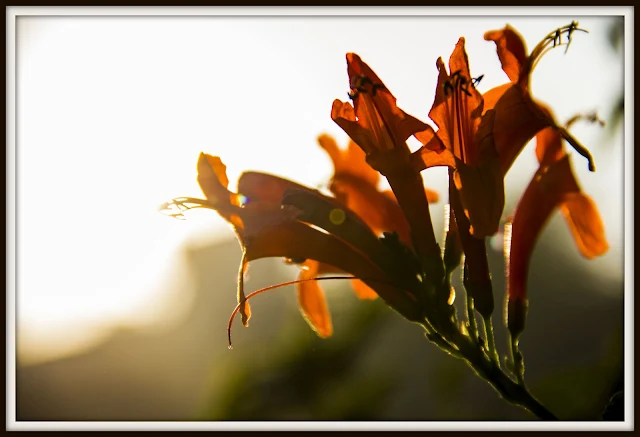Mysore was the first trip we did after coming to Bangalore. At that time we used to stay at Majestic (near Kempegowda Bus Terminus). Since Majestic is both a big bus terminus and a railway station, so for lots of people entering Bangalore, Majestic is the gateway. This is also the reason why there are flocks of tour operators.
We still had not brought our car(Sparky) from Kolkata; so we decided to check with some tour operators for some daily tour packages. They suggested the visit Mysore.
As a child, I was always fascinated with Mysore more for the sweet smelling Mysore sandal soap that we used to get in Kolkata and which both me and my mom were very fond of because of the fragrance, rather than its historical significance.
So that faint hint of the fragrance was enough to make us settle for a day tour of Mysore. The tour price was very cheap; it was some 300 Indian Rupees per head(exclusive of meals,guide,entry and camera charges). I suppose the price may have risen by now. After paying the booking amount, the operator told us to report to his office the next day not later than 8:30 AM, when our tour bus will start.
So the next day we reached his office before 8:30 AM. He took us to the bus. It was a 20 seater Mazda. But alas, the bus did not start at 8:30 AM. It started after 9:30 AM. The reason for this delay was the set of vacant seats still to be filled, for which they were waiting for some last minute passengers.
On the way from Bangalore to Mysore, there is a place called Channapatna that lies in between. This place is famous for wooden toys that are quite typical to this place. Though our bus did not stop but we still managed to see some toy emporiums that had these wooden horses, cradles, soldiers on display. The origin of these toys can be traced back to the reign of Tipu Sultan; he invited toy makers from Persia to train the local artisans in toy making. More can be found in this wiki page http://en.wikipedia.org/wiki/Channapatna_toys .
Our first stop was Srirangapattna. It was the capital of Tipu Sultan's Kingdom. We saw the Watergate, which according to history, is a secret gate from the fort to the river kaveri. Some also say that it was through this WaterGate that the British soldiers entered the fort and killed Tipu Sultan.
Next we saw Sri Rangaswamy Temple. It has a mix of Hoysala and Vijaynagar style of architecture. There is also a chariot kept outside the temple.
Next it was Mysore Palace, the crown jewel of Karnataka. This was the star attraction of our Mysore tour. This palace simply amazed us. It is such a beautiful and a fascinating piece of architecture. Photography is not allowed inside the palace but allowed in the palace premises. The inside of the palace is even more beautiful and, in my opinion, at least half a day should be allotted for seeing this palace. It is such a marvel. We also got to know that the palace is lit up every Saturday and Sunday from 7-7:30 PM.Maybe we will see that the next time we visit.
Close to the Palace is the Chamundi Hills. The average elevation of the hills is 1000 metres from sea level. We could feel the air getting cold as our bus climbed the hill. We saw the Chamundeshwari Temple. One can also have a nice view of Mysore City from this place.There are lots of monkeys in the temple premises.
While getting down from Chamundi Hills we saw the Nandi statue. This is a big monolithic statue some 15 feet tall. Also a statue of Mahishasura with a sword in his right hand and cobra in the left is an attraction worth seeing.
In between, the bus stopped at an emporium. It was a Government Emporium where people can buy silk sarees, sandal, prfumes, soaps and handicrafts.
From there we went to St Philomena's Church. It is built in Neo-Gothic architectural style. It is one of the oldest churches in India. The Cathedral has two spires and that can be seen from quite a distance.
The last spot for the day was Brindavan Gardens. Adjacent to Brindavan Gardens, there is also a dam built on the river Kaveri. This garden has varieties of flora. Another major attraction is the light and music show that takes place every evening. A lot of tourists gather to see the fountain show. The garden is kept open all throughout the year.
After seeing the light and music fountain show we were taken back to Bangalore. Both of us were dead tired.......so much to see yet so less time. Nevertheless the trip was enjoyable.
Here are some of the snaps from the tour.
 |
| Mysore Palace |
 |
| Watergate |
 |
| Wooden souvenir shop at Sri Ranganaswamy Temple |
 |
| Mahishasur |
 |
| The city of Mysore as seen from Chamundi Hills |
























































